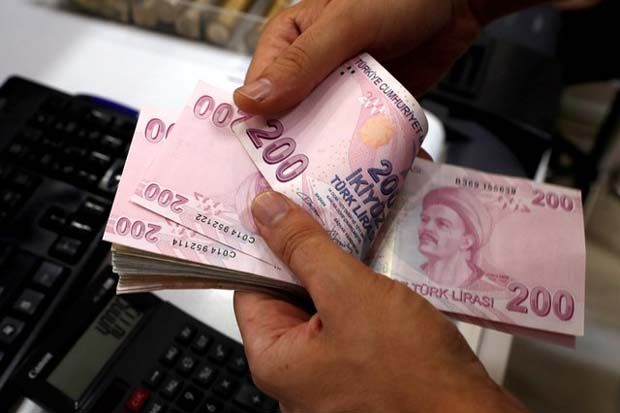The foreign exchange market is one of the more opaque and difficult to understand trading markets in existence. Yet, for those who have mastered its secrets, the foreign exchange market can be immensely profitable. Widespread trading of emerging market currencies have added to the profit potential of this market for those who have the ability to shoulder the risk involved with the trading these currencies.

Emerging market currencies had started 2018 off in a strong fashion. However, issues in Turkey and Argentina, along with continuing instability in Brazil, have combined to cause skittishness among investors in emerging market currencies. Some of the drop in emerging market currencies is not due to local issues, but rather to the strength of the resurgent United States Dollar, which has rallied because of strong domestic economic growth.
In Turkey, the policies of President Reccep Tayyep Erdogan, along with closely contested elections have caused the Turkish Lira to shed 24% for the year against the dollar. This drop was aggravated by the United States’ recent decision to impose sanctions on Turkey. The Lira is now trading at an all-time low against the greenback. One dollar now buys close to five lira. Turkey also owes a large amount of money to the United States, which causes its exchange rate to be particularly sensitive to fluctuations in the dollar. In other words, the stronger the factors that propel the dollar, the weaker Turkey’s currency becomes.
In Argentina, the peso has seen a sustained wave of selling, and has dropped close to 34 percent this year. Argentina faces a crushing debt load, and has been required to agree to loans at prohibitive interest rates to finance its obligations. Recently, the Argentinian Central Bank has taken action to shore up the peso and defend its currency. The Argentinian Central Bank has increased reserve requirements for banks, a measure which served to take pesos out of circulation and reduce the supply. Argentina has also received a sizable credit line from the International Monetary Fund to arrest the slide in the peso. Those investors with an appetite for risk, who are looking for high upside, may want to look closely at the peso to achieve the high upside, and can do so with Trade GL.
Emerging market trading in general features a high amount of risk, along with a high degree of reward. Usually, when global investment players seek to reduce their risk, the first assets that they shed are those of emerging markets, which causes the currencies to drop sharply. This means that emerging market currencies are subject to greater volatility than currencies of developed countries. This volatility often leads to larger than warranted price drops, setting up a buying opportunity for investors focused on taking advantage of oversold situations. Also, large fluctuations in interests in emerging markets may lead to sizable changes in the value of their currencies. Market analysis is provided by TradeBNP daily as well as by other online trading platforms.
It is difficult for retail investors to access emerging market currencies. Specialized brokerages may provide access to these currencies, but the spread between the bid and ask that investors will be required to pay will be high. One way to play emerging market currencies is to invest in the stocks and bonds of the particular country, since they are denominated in the local currency. For investors that want to reduce their risk to any one particular currency, there is an Access Emerging Markets Local Currency Bond ETF from Goldman Sachs that enables investors to take advantage of high yields from emerging markets, while at the same time, investing in emerging market currencies in general.









